- Endovascular Repair of Cerebral Aneurysm
- Yttrium 90 Radioembolization for Liver Cancer
- Epidural Steriod Injections
- Transarterial Chemoembolization of Liver
- Radiofrequency Ablation of the Liver, Kidney, Lung and Bone
- Uterine Fibroid Embolization
- Vascular Access including Subcutaneous Ports, Tunneled Catheters, and PICC'S
- DVT Thrombolysis and Stenting for Acute and Chronic DVT
- IVC Filter Placement and Removal of Temporary IVC Filters
- Vertebroplasty

Detachable coil embolization treats aneurysms and other blood vessel malformations in the brain and other parts of the body, alleviating much of the danger presented by aneurysms. A catheter is inserted into an artery in the leg then maneuvered through the body to the aneurysm's position. Soft detachable coils are inserted through the catheter into the aneurysm. The body responds by forming a blood clot around the coil blocking off the aneurysm. Coils can be used either to block blood flow to the affected area or to fill the aneurysm or fistula, thus preventing a rupture. This procedure is effective in prolonging life and relieving symptoms.
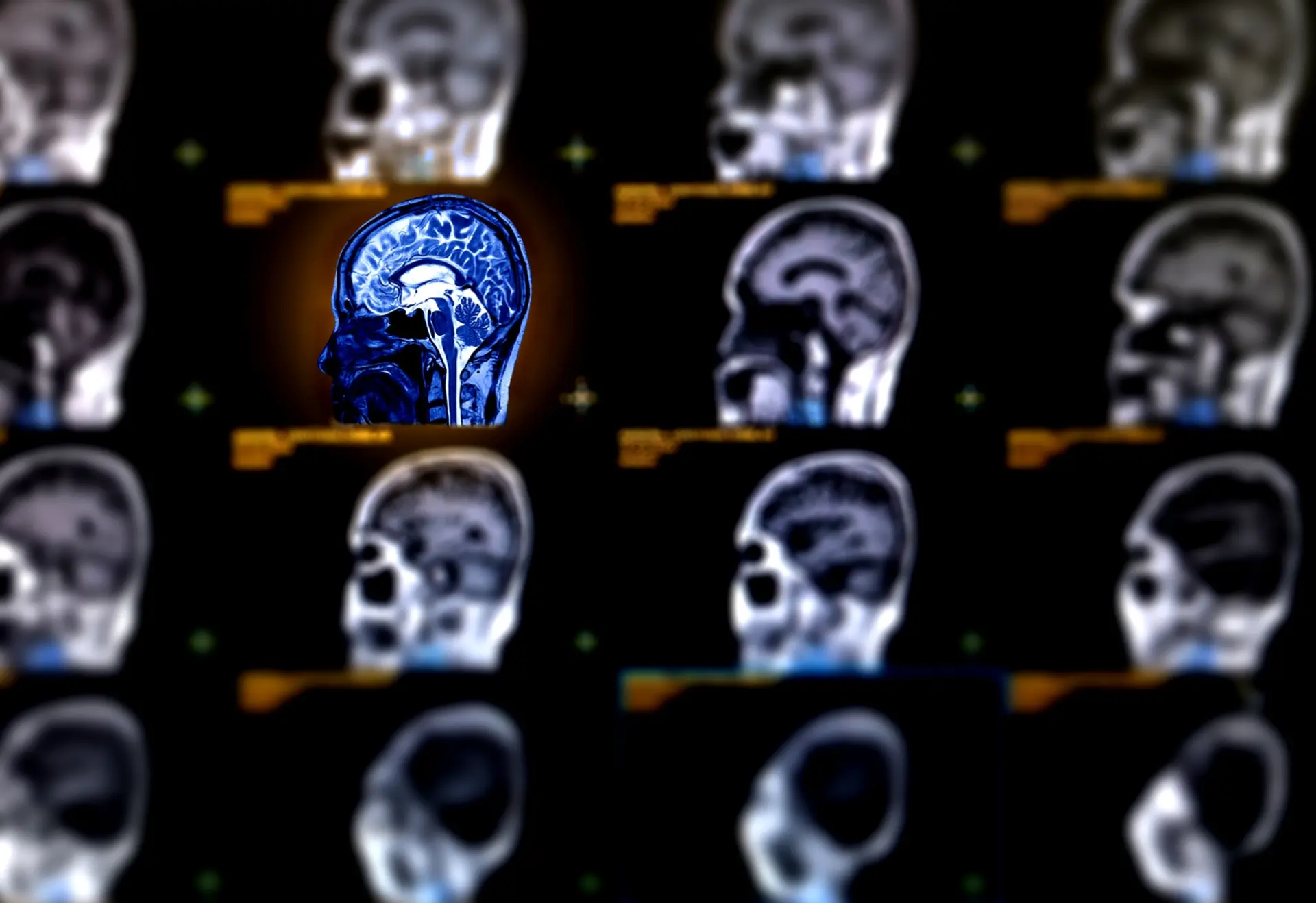
MEET OUR PHYSICIANS
J. Michael Barraza, Jr., MD
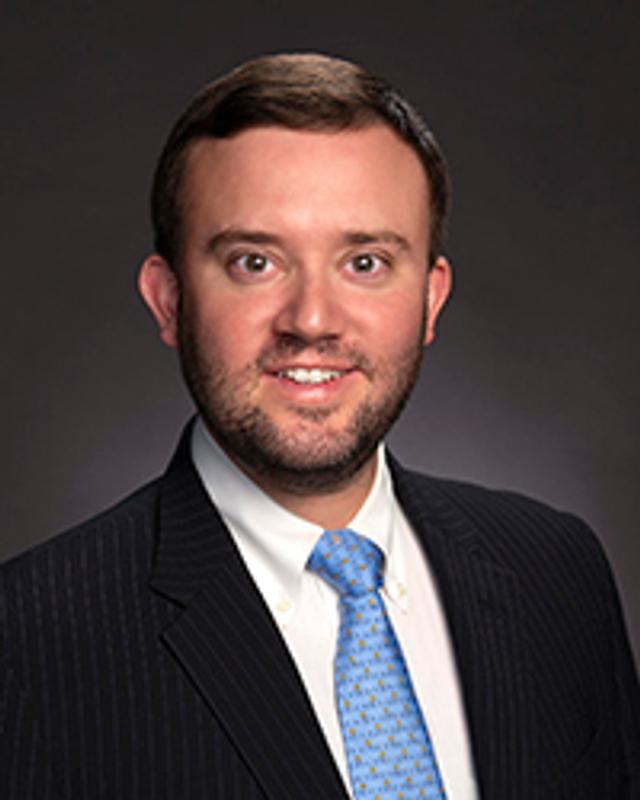
Interventional Radiology as a specialty remains inextricably anchored to the forefront of modern medicine, with an established track record of delivering innovative solutions to complex medical issues across virtually all organ systems. In caring for patients, we offer a glimpse at the future of medicine, with minimally invasive interventions tailored to individual patients, utilizing cutting edge technology, and state-of-the-art image guidance. I value working alongside physicians of all specialties to identify solutions for each unique patient, and am grateful for the opportunity to apply my expertise to the care of patients in the Baton Rouge community.
Ryan N. Majoria, M.D.
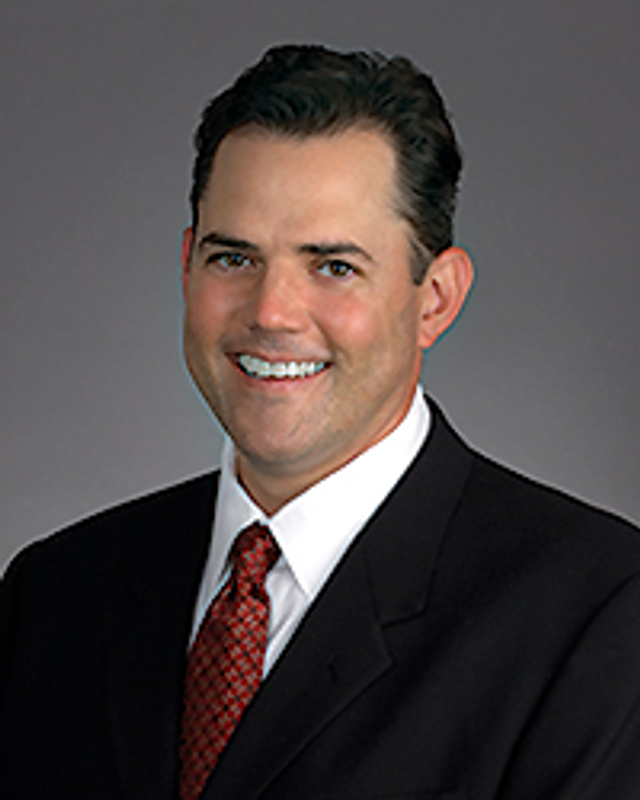
It takes real dedication to be able to offer modern interventional services because they're 24 hours a day, seven days a week. It requires a great team effort, and that's one of the greatest qualities of our interventional team at Our Lady of the Lake. We have to know about all disease processes because radiology is such a broad-spectrum specialty. I particularly enjoy performing the therapeutic procedures in interventional radiology, such as Yttrium-90 radioembolization for liver cancer, because we can really make an impact on our patient's quality of life and survival.
Scott B. Schuber, M.D.
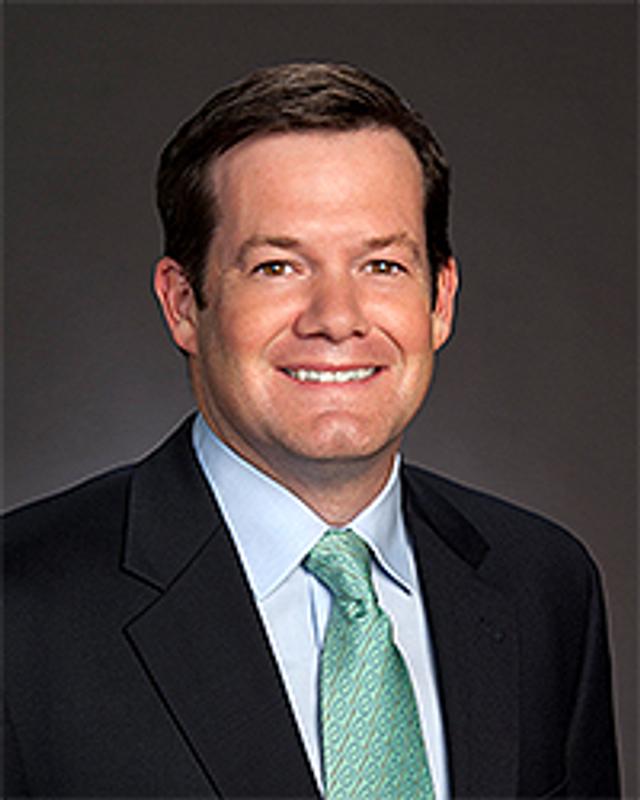
I enjoy the intellectual challenge of evaluating, diagnosing, and often treating a wide variety of disease processes. Interventional Radiology provides ample opportunities to perform hands-on procedures, thus enabling the practitioner to take a more active role in patient management and outcome.

This treatment selectively targets liver tumors to improve survival and quality of life. Yttrium-90 radioembolization is performed as an outpatient procedure and is very well tolerated.
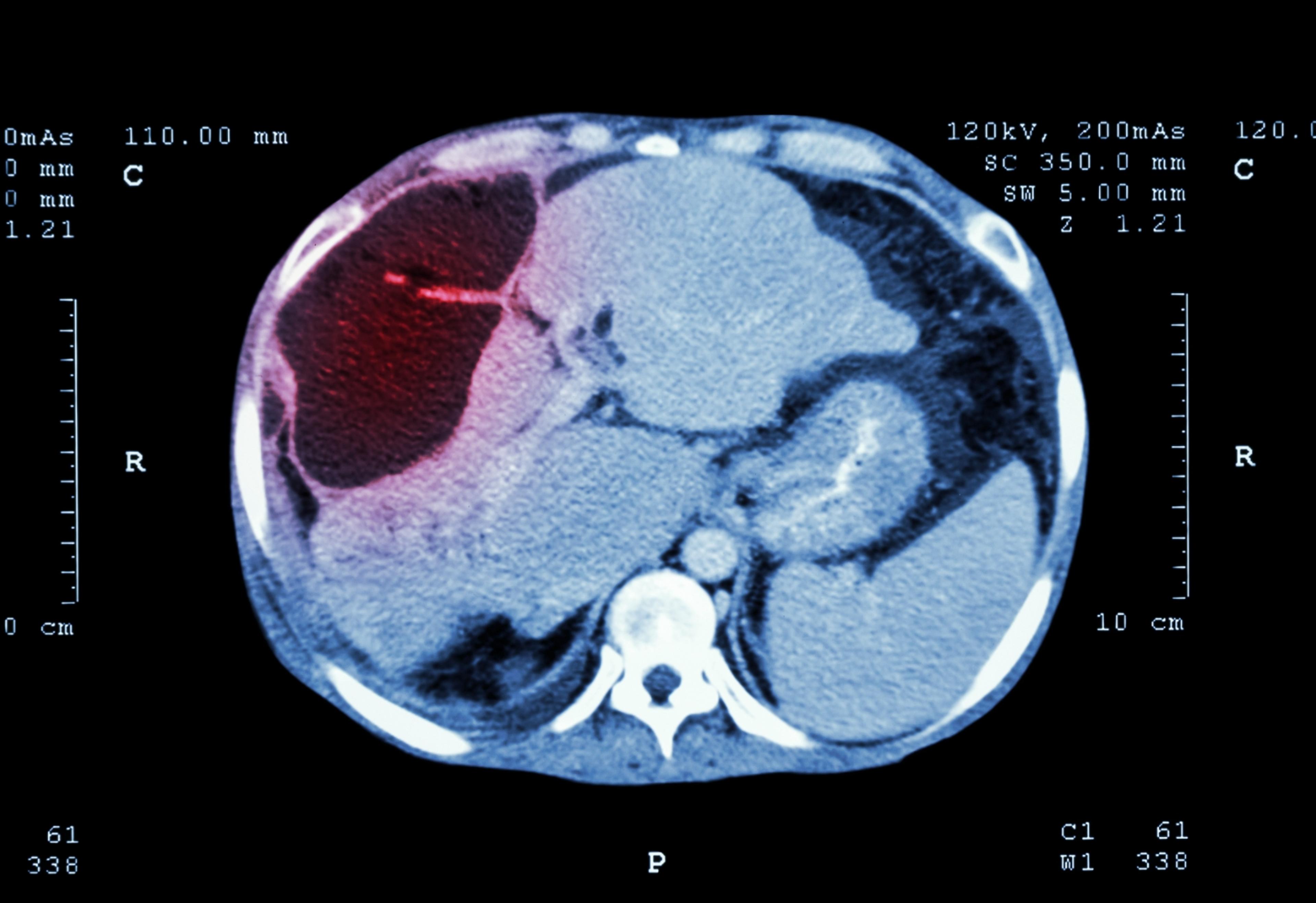
MEET OUR PHYSICIANS
J. Michael Barraza, Jr., MD

Interventional Radiology as a specialty remains inextricably anchored to the forefront of modern medicine, with an established track record of delivering innovative solutions to complex medical issues across virtually all organ systems. In caring for patients, we offer a glimpse at the future of medicine, with minimally invasive interventions tailored to individual patients, utilizing cutting edge technology, and state-of-the-art image guidance. I value working alongside physicians of all specialties to identify solutions for each unique patient, and am grateful for the opportunity to apply my expertise to the care of patients in the Baton Rouge community.
Ryan N. Majoria, M.D.

It takes real dedication to be able to offer modern interventional services because they're 24 hours a day, seven days a week. It requires a great team effort, and that's one of the greatest qualities of our interventional team at Our Lady of the Lake. We have to know about all disease processes because radiology is such a broad-spectrum specialty. I particularly enjoy performing the therapeutic procedures in interventional radiology, such as Yttrium-90 radioembolization for liver cancer, because we can really make an impact on our patient's quality of life and survival.
Scott B. Schuber, M.D.

I enjoy the intellectual challenge of evaluating, diagnosing, and often treating a wide variety of disease processes. Interventional Radiology provides ample opportunities to perform hands-on procedures, thus enabling the practitioner to take a more active role in patient management and outcome.

Delivered into the epidural space of the spine, an epidural injection provides temporary or prolonged relief from pain or inflammation. Steroids, anesthetics and anti-inflammatory medications are typically delivered. The injection may reduce pain and swelling in and around the spinal nerve roots, as well as around damaged nerves, which in time may heal. Imaging guidance may be used to help the doctor precisely place the needle.

MEET OUR PHYSICIANS
J. Michael Barraza, Jr., MD

Interventional Radiology as a specialty remains inextricably anchored to the forefront of modern medicine, with an established track record of delivering innovative solutions to complex medical issues across virtually all organ systems. In caring for patients, we offer a glimpse at the future of medicine, with minimally invasive interventions tailored to individual patients, utilizing cutting edge technology, and state-of-the-art image guidance. I value working alongside physicians of all specialties to identify solutions for each unique patient, and am grateful for the opportunity to apply my expertise to the care of patients in the Baton Rouge community.
Ryan N. Majoria, M.D.

It takes real dedication to be able to offer modern interventional services because they're 24 hours a day, seven days a week. It requires a great team effort, and that's one of the greatest qualities of our interventional team at Our Lady of the Lake. We have to know about all disease processes because radiology is such a broad-spectrum specialty. I particularly enjoy performing the therapeutic procedures in interventional radiology, such as Yttrium-90 radioembolization for liver cancer, because we can really make an impact on our patient's quality of life and survival.
Scott B. Schuber, M.D.

I enjoy the intellectual challenge of evaluating, diagnosing, and often treating a wide variety of disease processes. Interventional Radiology provides ample opportunities to perform hands-on procedures, thus enabling the practitioner to take a more active role in patient management and outcome.
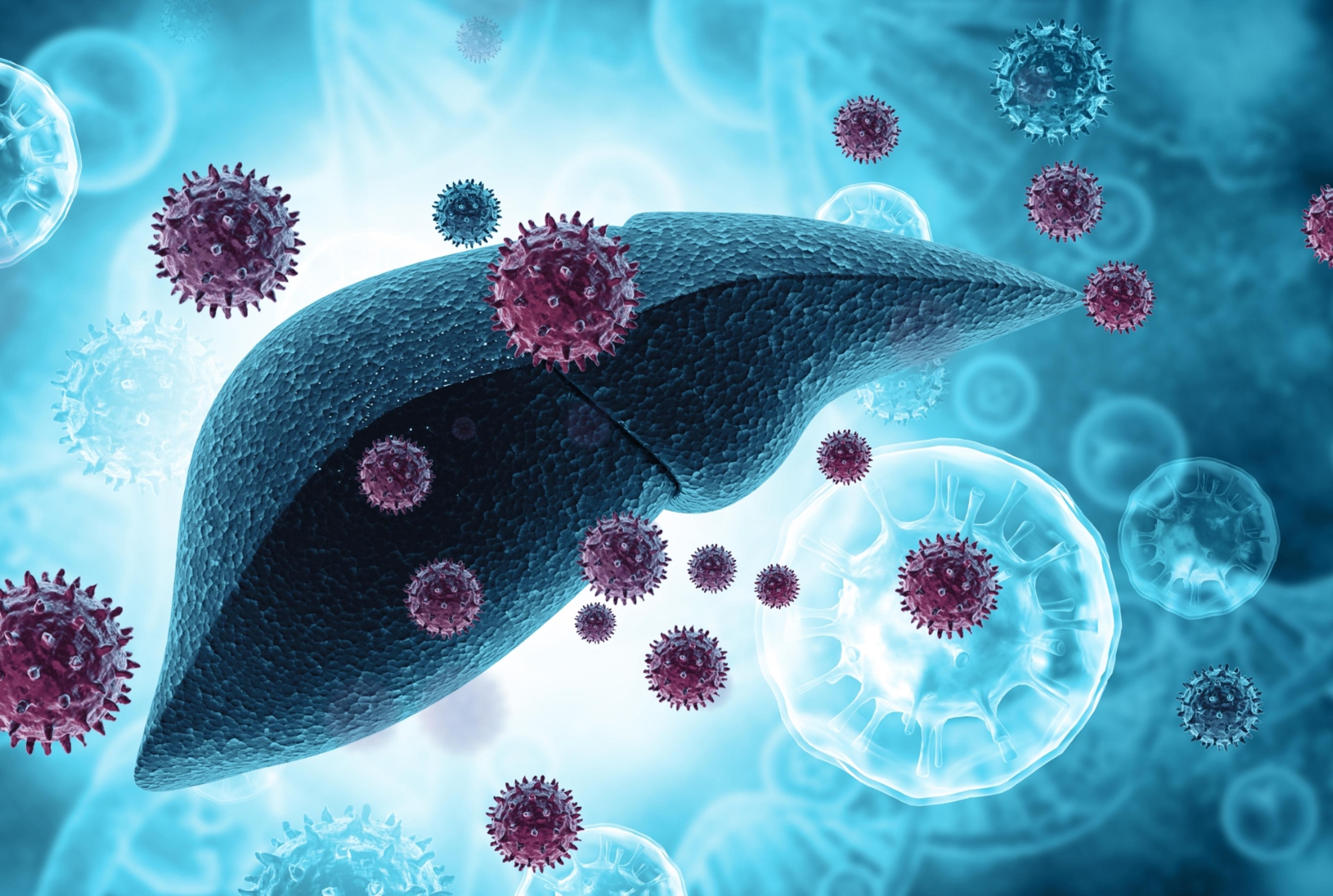
Chemoembolization combines chemotherapy and the embolization procedure to treat cancer, primarily in the liver. Embolization is a treatment in which blood vessels or malformations within blood vessels are blocked off. In chemoembolization, the anti-cancer drugs are injected directly into a cancerous tumor while an embolic agent is used to maintain the chemotherapy within the tumor which helps to prolong the effect of the chemotherapy agent.
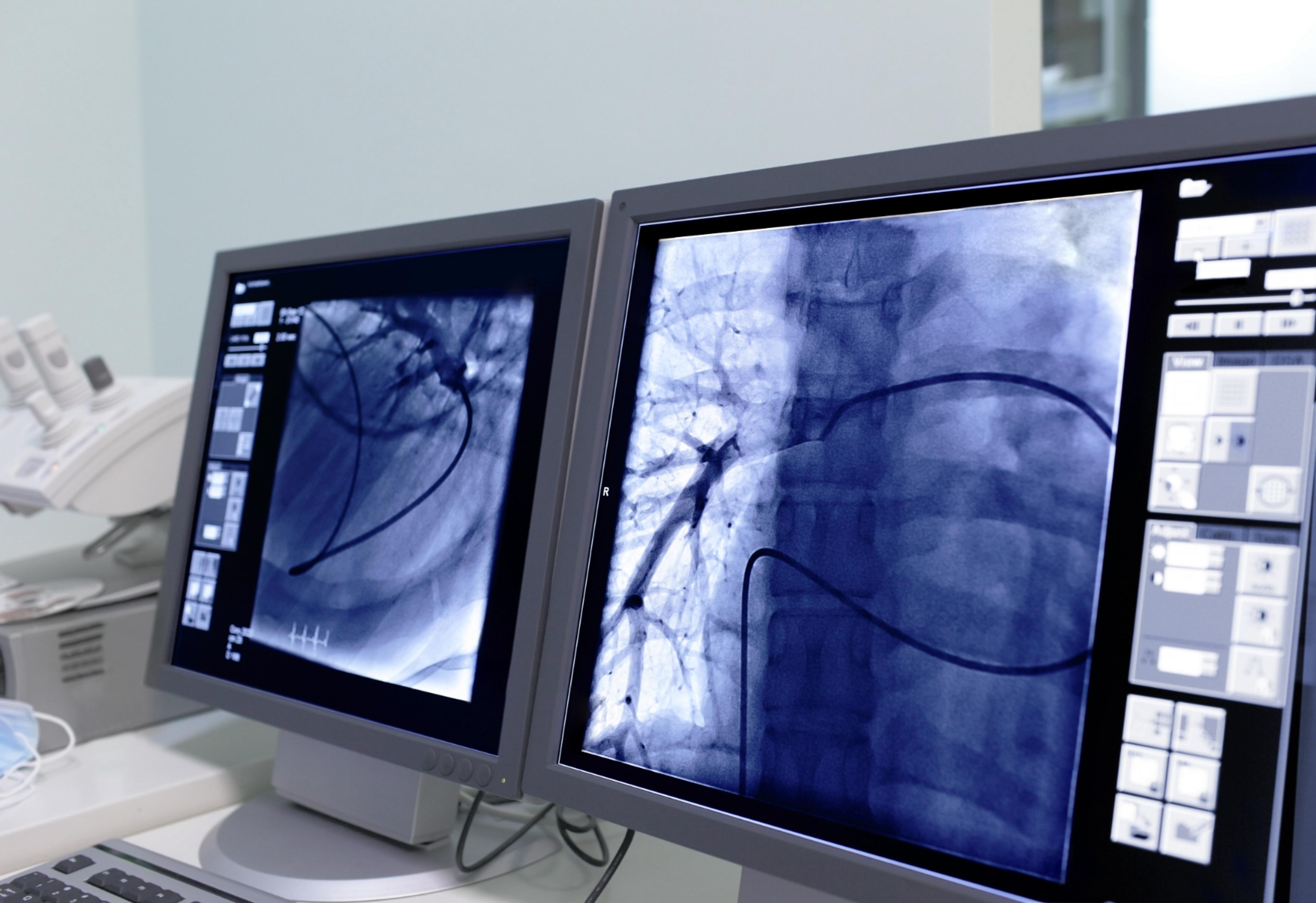
MEET OUR PHYSICIANS
J. Michael Barraza, Jr., MD

Interventional Radiology as a specialty remains inextricably anchored to the forefront of modern medicine, with an established track record of delivering innovative solutions to complex medical issues across virtually all organ systems. In caring for patients, we offer a glimpse at the future of medicine, with minimally invasive interventions tailored to individual patients, utilizing cutting edge technology, and state-of-the-art image guidance. I value working alongside physicians of all specialties to identify solutions for each unique patient, and am grateful for the opportunity to apply my expertise to the care of patients in the Baton Rouge community.
Ryan N. Majoria, M.D.

It takes real dedication to be able to offer modern interventional services because they're 24 hours a day, seven days a week. It requires a great team effort, and that's one of the greatest qualities of our interventional team at Our Lady of the Lake. We have to know about all disease processes because radiology is such a broad-spectrum specialty. I particularly enjoy performing the therapeutic procedures in interventional radiology, such as Yttrium-90 radioembolization for liver cancer, because we can really make an impact on our patient's quality of life and survival.
Scott B. Schuber, M.D.

I enjoy the intellectual challenge of evaluating, diagnosing, and often treating a wide variety of disease processes. Interventional Radiology provides ample opportunities to perform hands-on procedures, thus enabling the practitioner to take a more active role in patient management and outcome.

Radiofrequency ablation employs a probe placed percutaneously under CT guidance and uses heat to destroy tumors in the liver, kidney, lung and bone. Imaging techniques, such as ultrasound and CT, are used to help guide a needle electrode into a cancerous tumor.

MEET OUR PHYSICIANS
J. Michael Barraza, Jr., MD

Interventional Radiology as a specialty remains inextricably anchored to the forefront of modern medicine, with an established track record of delivering innovative solutions to complex medical issues across virtually all organ systems. In caring for patients, we offer a glimpse at the future of medicine, with minimally invasive interventions tailored to individual patients, utilizing cutting edge technology, and state-of-the-art image guidance. I value working alongside physicians of all specialties to identify solutions for each unique patient, and am grateful for the opportunity to apply my expertise to the care of patients in the Baton Rouge community.
Ryan N. Majoria, M.D.

It takes real dedication to be able to offer modern interventional services because they're 24 hours a day, seven days a week. It requires a great team effort, and that's one of the greatest qualities of our interventional team at Our Lady of the Lake. We have to know about all disease processes because radiology is such a broad-spectrum specialty. I particularly enjoy performing the therapeutic procedures in interventional radiology, such as Yttrium-90 radioembolization for liver cancer, because we can really make an impact on our patient's quality of life and survival.
Scott B. Schuber, M.D.

I enjoy the intellectual challenge of evaluating, diagnosing, and often treating a wide variety of disease processes. Interventional Radiology provides ample opportunities to perform hands-on procedures, thus enabling the practitioner to take a more active role in patient management and outcome.
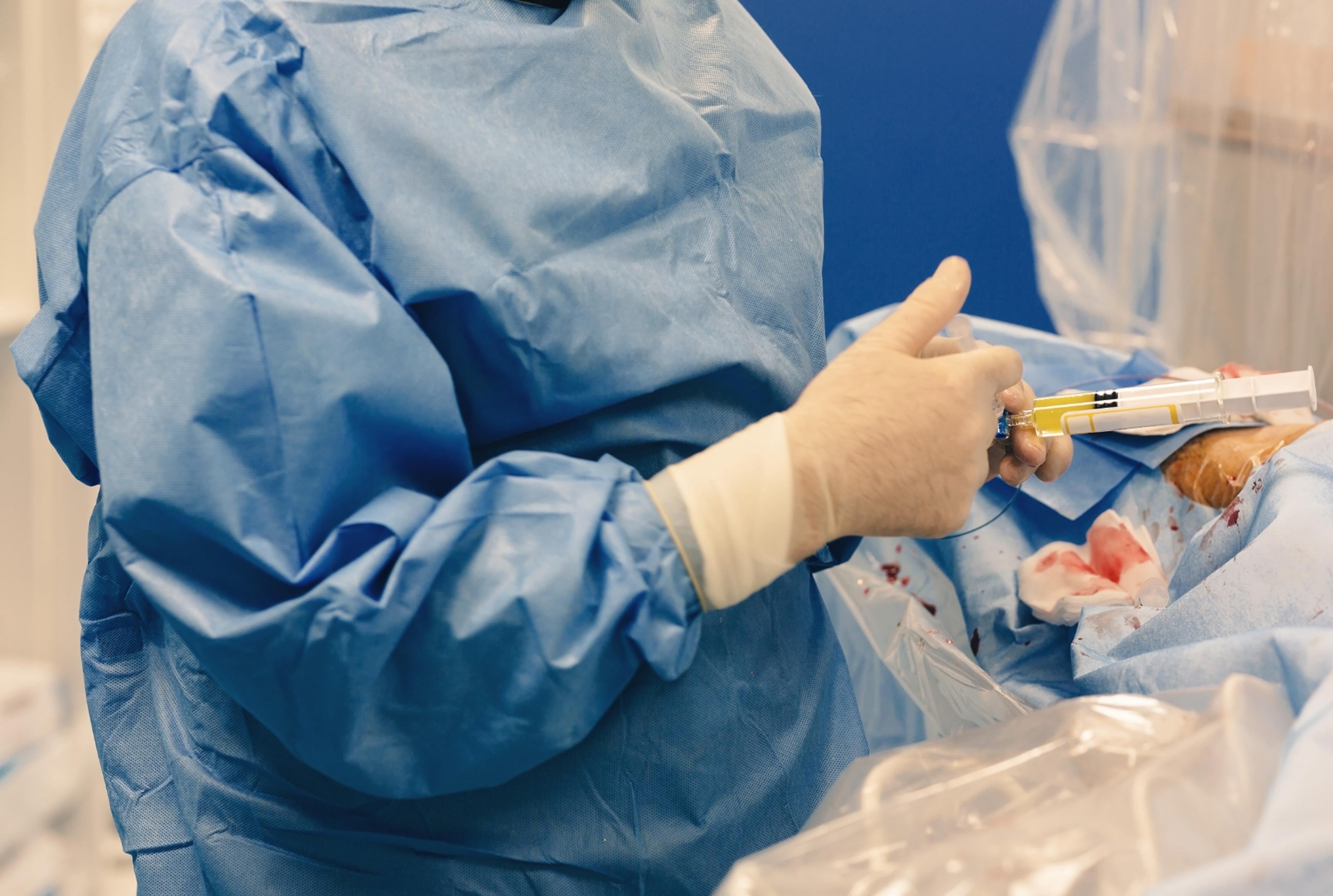
Uterine Fibroid Embolization shrinks fibroids, the benign, non-cancerous growths in or on the walls of the uterus or womb. UFE involves inserting microspheres into the blood vessels leading to the fibroids, reducing blood flow and causing them to shrink. It is an excellent alternative to hysterectomy, as it is less invasive and carries with it a shorter recovery time.
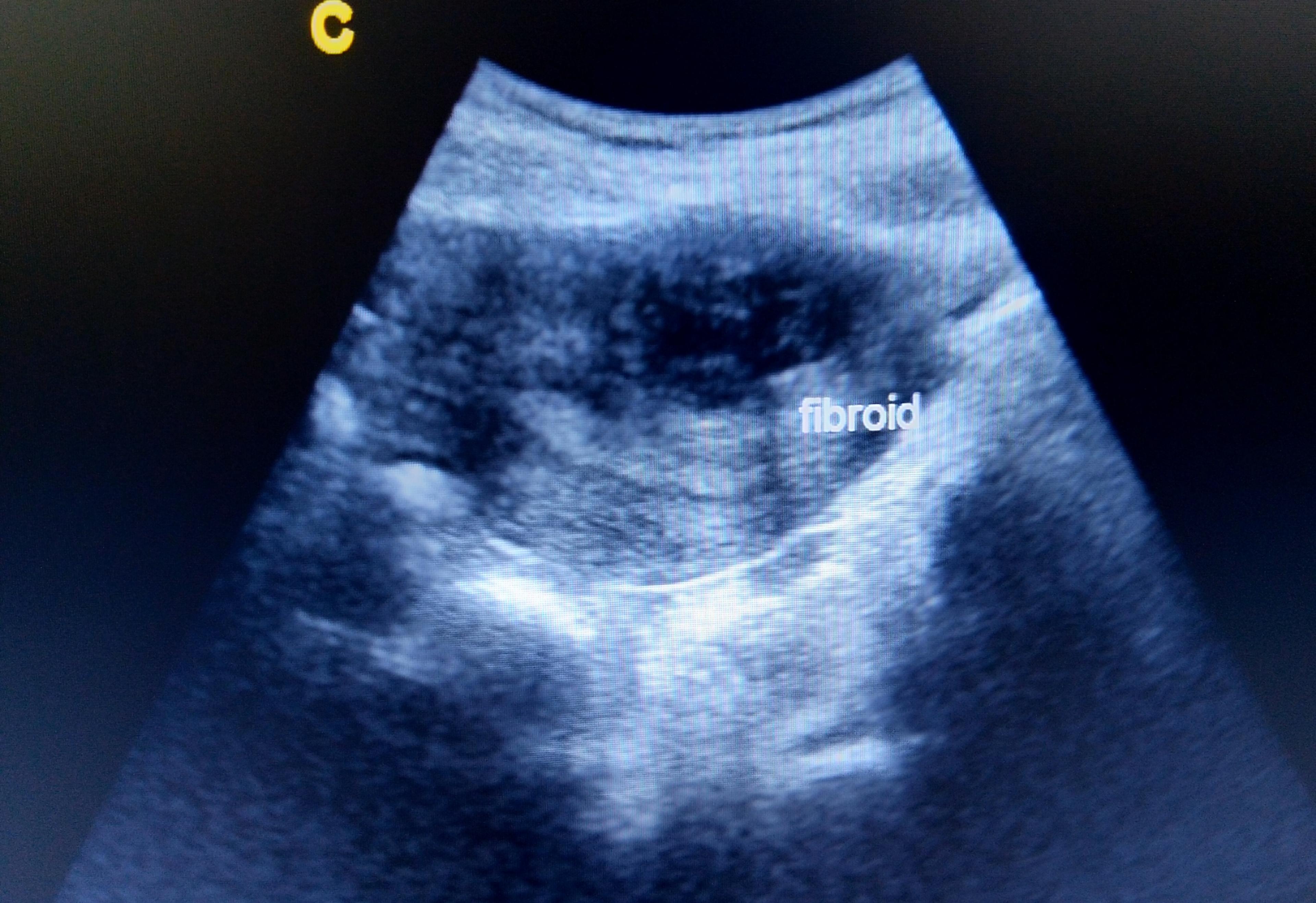
MEET OUR PHYSICIANS
J. Michael Barraza, Jr., MD

Interventional Radiology as a specialty remains inextricably anchored to the forefront of modern medicine, with an established track record of delivering innovative solutions to complex medical issues across virtually all organ systems. In caring for patients, we offer a glimpse at the future of medicine, with minimally invasive interventions tailored to individual patients, utilizing cutting edge technology, and state-of-the-art image guidance. I value working alongside physicians of all specialties to identify solutions for each unique patient, and am grateful for the opportunity to apply my expertise to the care of patients in the Baton Rouge community.
Ryan N. Majoria, M.D.

It takes real dedication to be able to offer modern interventional services because they're 24 hours a day, seven days a week. It requires a great team effort, and that's one of the greatest qualities of our interventional team at Our Lady of the Lake. We have to know about all disease processes because radiology is such a broad-spectrum specialty. I particularly enjoy performing the therapeutic procedures in interventional radiology, such as Yttrium-90 radioembolization for liver cancer, because we can really make an impact on our patient's quality of life and survival.
Scott B. Schuber, M.D.

I enjoy the intellectual challenge of evaluating, diagnosing, and often treating a wide variety of disease processes. Interventional Radiology provides ample opportunities to perform hands-on procedures, thus enabling the practitioner to take a more active role in patient management and outcome.
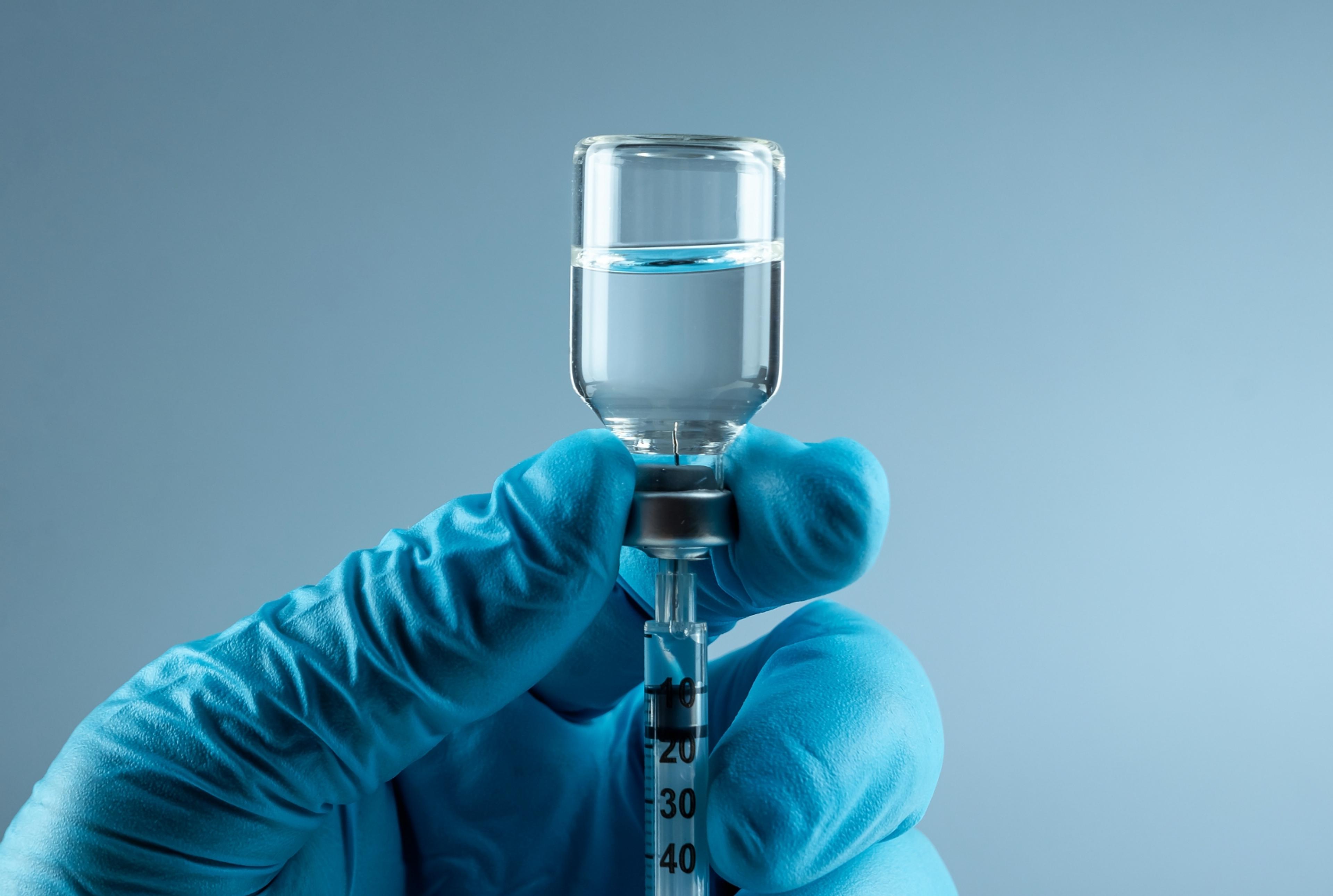
Venous access is obtained through a small tube that is inserted beneath the skin providing a simple, pain-free way to draw blood or give medication or nutrients. This spares the patient the irritation and discomfort of repeated needle sticks.
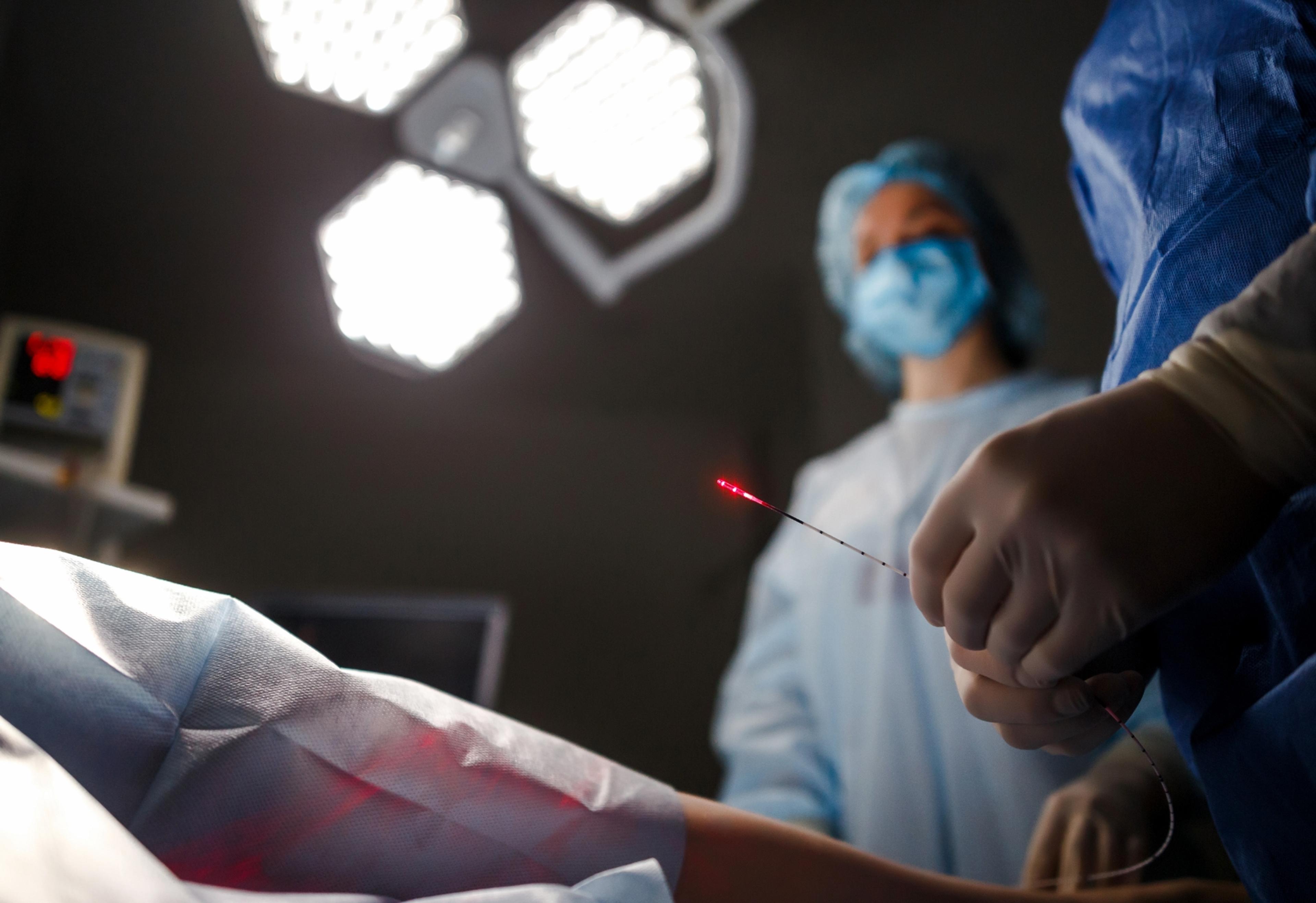
MEET OUR PHYSICIANS
J. Michael Barraza, Jr., MD

Interventional Radiology as a specialty remains inextricably anchored to the forefront of modern medicine, with an established track record of delivering innovative solutions to complex medical issues across virtually all organ systems. In caring for patients, we offer a glimpse at the future of medicine, with minimally invasive interventions tailored to individual patients, utilizing cutting edge technology, and state-of-the-art image guidance. I value working alongside physicians of all specialties to identify solutions for each unique patient, and am grateful for the opportunity to apply my expertise to the care of patients in the Baton Rouge community.
Ryan N. Majoria, M.D.

It takes real dedication to be able to offer modern interventional services because they're 24 hours a day, seven days a week. It requires a great team effort, and that's one of the greatest qualities of our interventional team at Our Lady of the Lake. We have to know about all disease processes because radiology is such a broad-spectrum specialty. I particularly enjoy performing the therapeutic procedures in interventional radiology, such as Yttrium-90 radioembolization for liver cancer, because we can really make an impact on our patient's quality of life and survival.
Scott B. Schuber, M.D.

I enjoy the intellectual challenge of evaluating, diagnosing, and often treating a wide variety of disease processes. Interventional Radiology provides ample opportunities to perform hands-on procedures, thus enabling the practitioner to take a more active role in patient management and outcome.
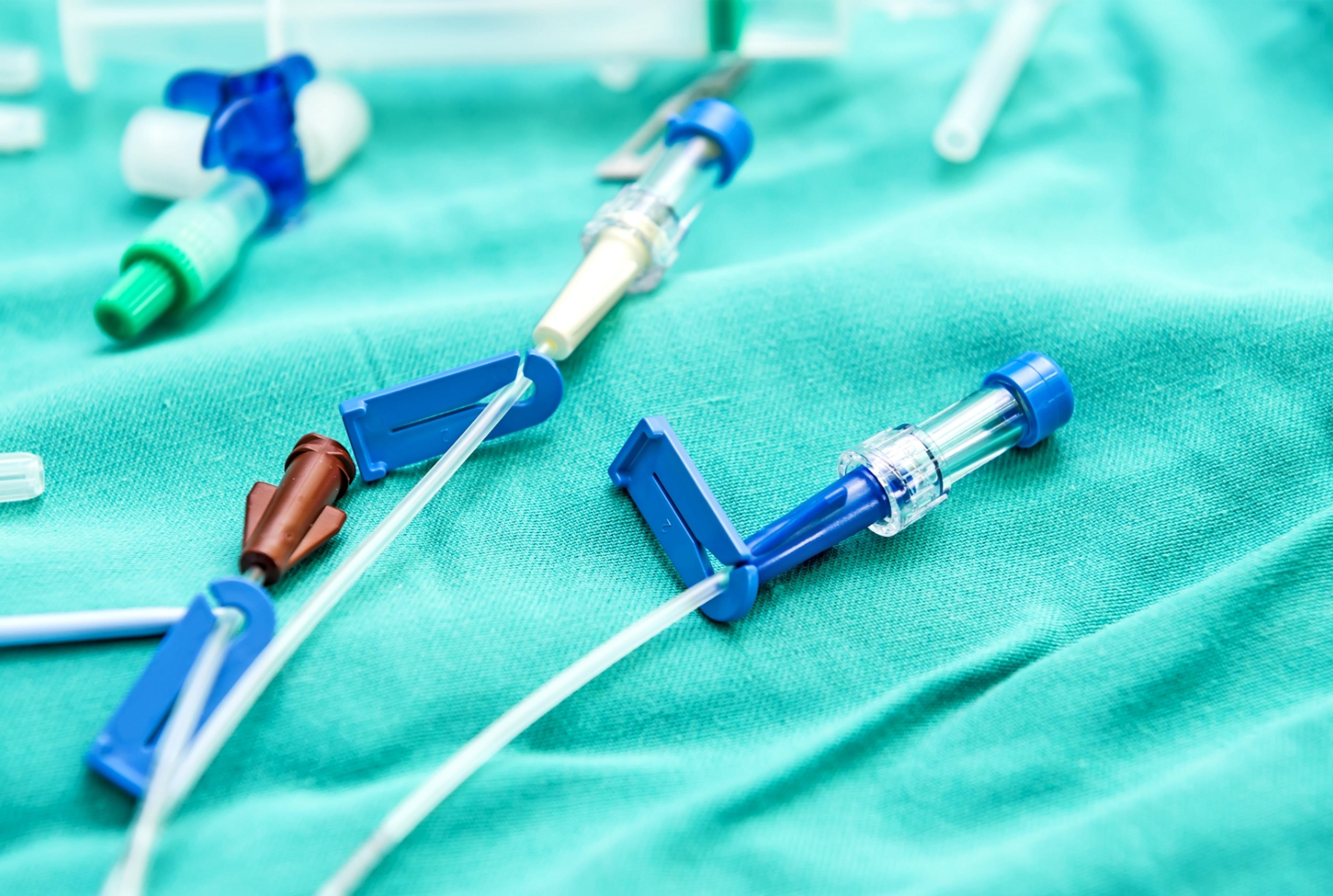
Catheter-directed thrombolysis is performed under imaging guidance. This procedure is designed to rapidly break up the clot, restore blood flow within the vein, and potentially preserve valve function to minimize the risk of post-thrombotic syndrome. Any narrowing in the vein that might lead to future clot formation can be identified by venography, an imaging study of the veins, and treated by the interventional radiologist with a balloon angioplasty or stent placement.
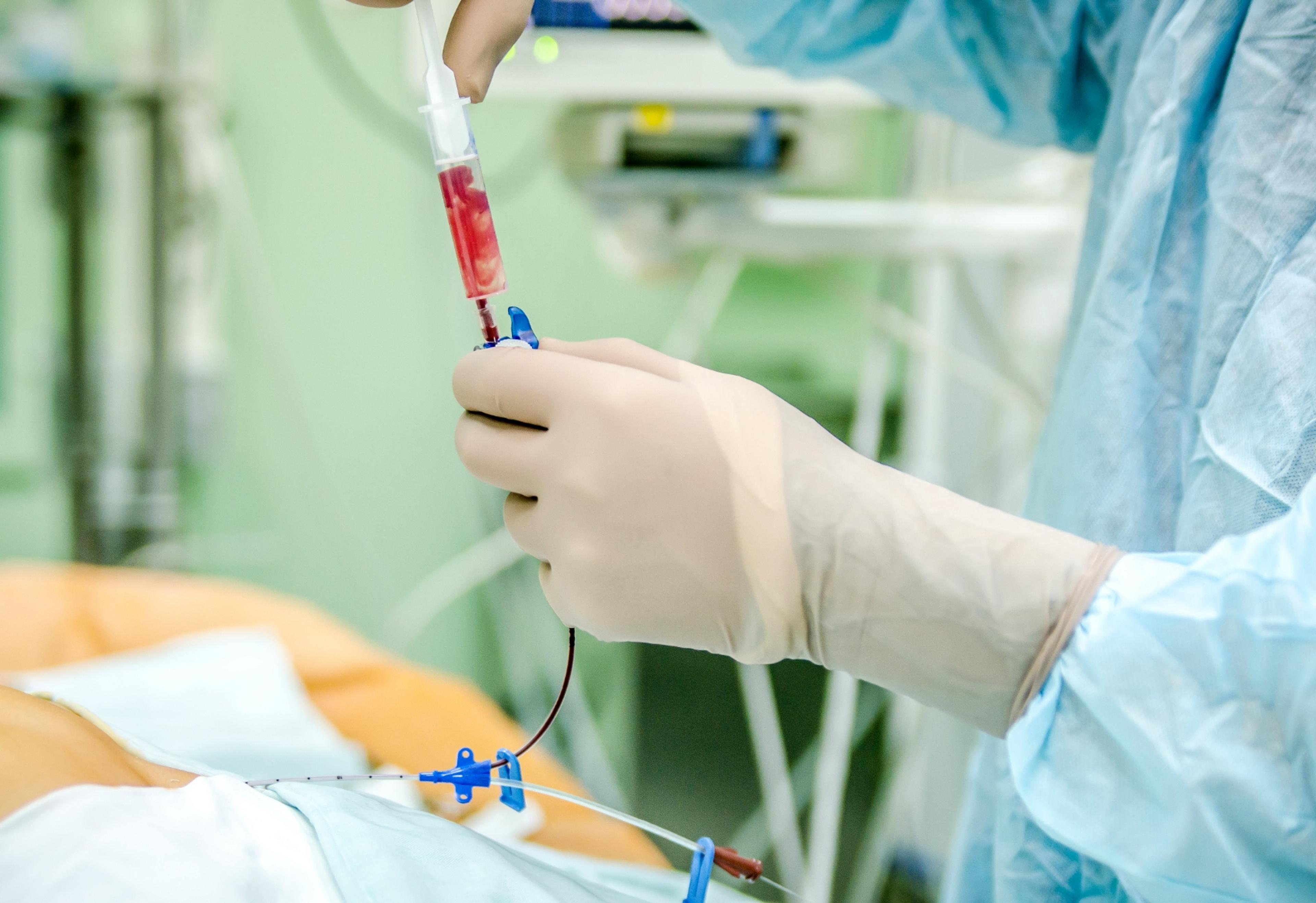
MEET OUR PHYSICIANS
J. Michael Barraza, Jr., MD

Interventional Radiology as a specialty remains inextricably anchored to the forefront of modern medicine, with an established track record of delivering innovative solutions to complex medical issues across virtually all organ systems. In caring for patients, we offer a glimpse at the future of medicine, with minimally invasive interventions tailored to individual patients, utilizing cutting edge technology, and state-of-the-art image guidance. I value working alongside physicians of all specialties to identify solutions for each unique patient, and am grateful for the opportunity to apply my expertise to the care of patients in the Baton Rouge community.
Ryan N. Majoria, M.D.

It takes real dedication to be able to offer modern interventional services because they're 24 hours a day, seven days a week. It requires a great team effort, and that's one of the greatest qualities of our interventional team at Our Lady of the Lake. We have to know about all disease processes because radiology is such a broad-spectrum specialty. I particularly enjoy performing the therapeutic procedures in interventional radiology, such as Yttrium-90 radioembolization for liver cancer, because we can really make an impact on our patient's quality of life and survival.
Scott B. Schuber, M.D.

I enjoy the intellectual challenge of evaluating, diagnosing, and often treating a wide variety of disease processes. Interventional Radiology provides ample opportunities to perform hands-on procedures, thus enabling the practitioner to take a more active role in patient management and outcome.

For patients whom thrombolysis and stenting is not appropriate and blood thinners are not medically appropriate, a vena cava filter may be inserted. IVC is a small device that functions like a catcher's mitt to capture blood clots, but allows normal liquid blood to pass.
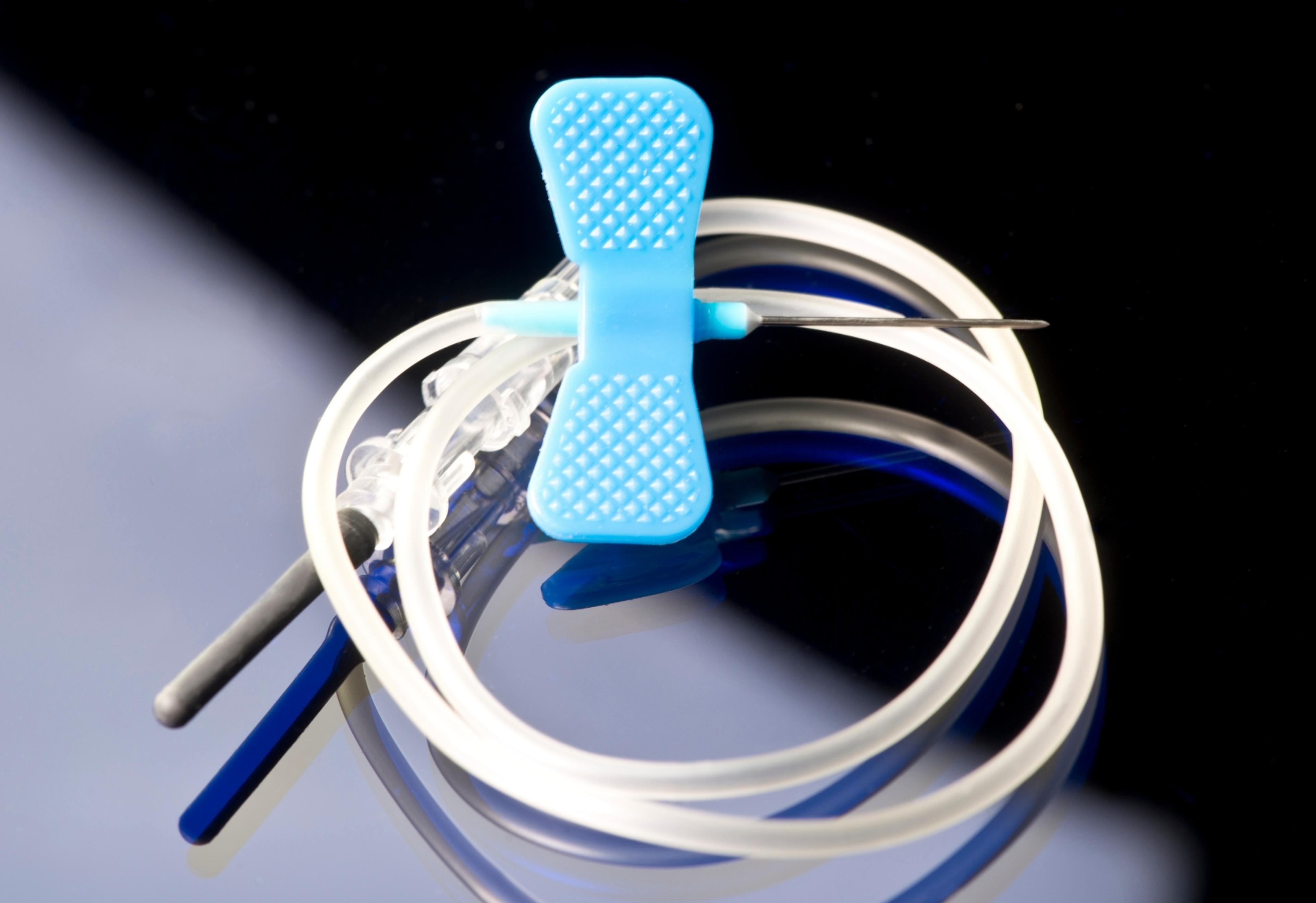
MEET OUR PHYSICIANS
J. Michael Barraza, Jr., MD

Interventional Radiology as a specialty remains inextricably anchored to the forefront of modern medicine, with an established track record of delivering innovative solutions to complex medical issues across virtually all organ systems. In caring for patients, we offer a glimpse at the future of medicine, with minimally invasive interventions tailored to individual patients, utilizing cutting edge technology, and state-of-the-art image guidance. I value working alongside physicians of all specialties to identify solutions for each unique patient, and am grateful for the opportunity to apply my expertise to the care of patients in the Baton Rouge community.
Ryan N. Majoria, M.D.

It takes real dedication to be able to offer modern interventional services because they're 24 hours a day, seven days a week. It requires a great team effort, and that's one of the greatest qualities of our interventional team at Our Lady of the Lake. We have to know about all disease processes because radiology is such a broad-spectrum specialty. I particularly enjoy performing the therapeutic procedures in interventional radiology, such as Yttrium-90 radioembolization for liver cancer, because we can really make an impact on our patient's quality of life and survival.
Scott B. Schuber, M.D.

I enjoy the intellectual challenge of evaluating, diagnosing, and often treating a wide variety of disease processes. Interventional Radiology provides ample opportunities to perform hands-on procedures, thus enabling the practitioner to take a more active role in patient management and outcome.

Vertebroplasty helps treat the pain and stabilize vertebral compression fractures. A relatively new procedure done on an outpatient basis, it involves making a small incision in the skin while using image guidance to insert a needle filled with a specially formulated acrylic bone cement into the vertebra.
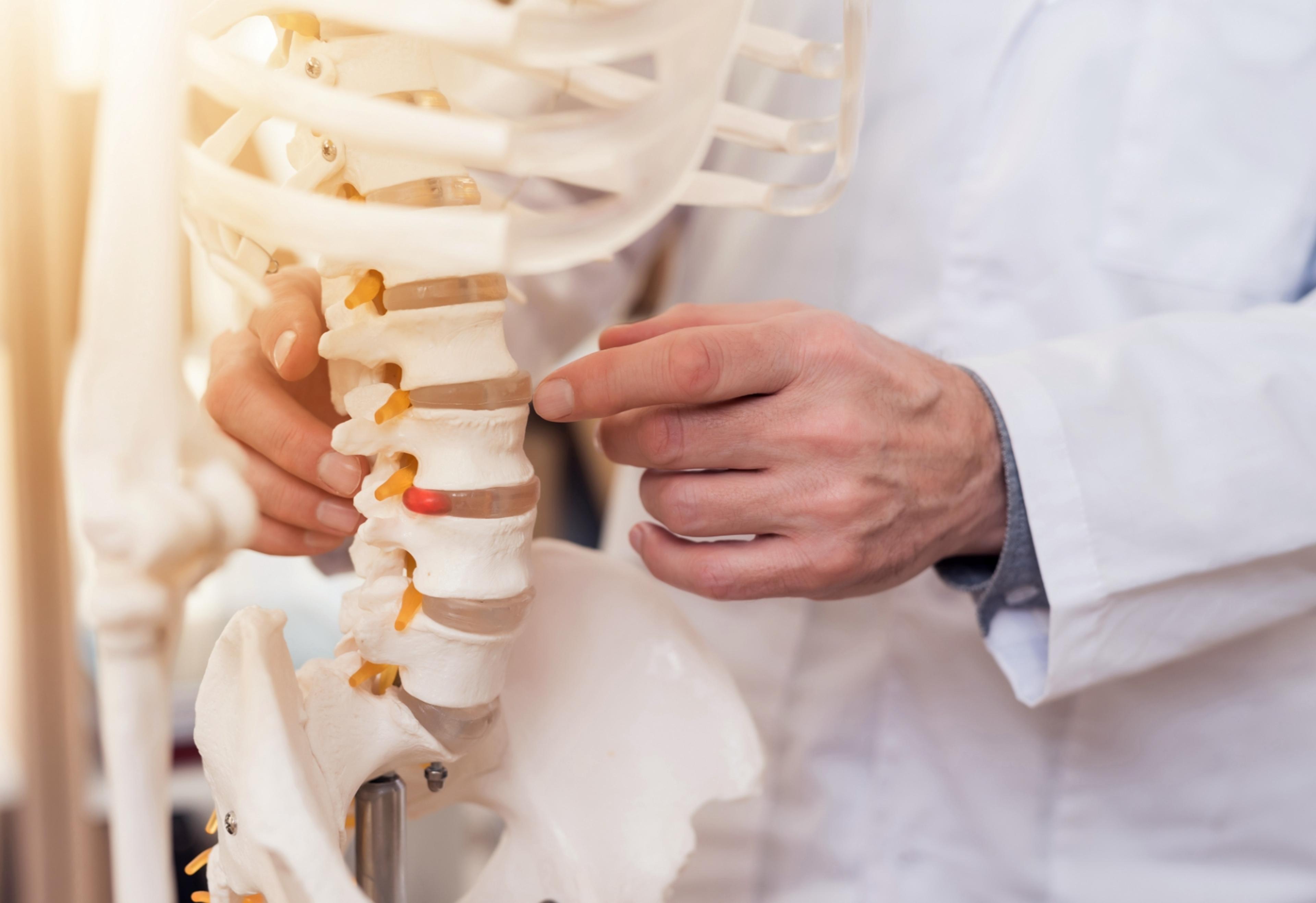
MEET OUR PHYSICIANS
J. Michael Barraza, Jr., MD

Interventional Radiology as a specialty remains inextricably anchored to the forefront of modern medicine, with an established track record of delivering innovative solutions to complex medical issues across virtually all organ systems. In caring for patients, we offer a glimpse at the future of medicine, with minimally invasive interventions tailored to individual patients, utilizing cutting edge technology, and state-of-the-art image guidance. I value working alongside physicians of all specialties to identify solutions for each unique patient, and am grateful for the opportunity to apply my expertise to the care of patients in the Baton Rouge community.
Ryan N. Majoria, M.D.

It takes real dedication to be able to offer modern interventional services because they're 24 hours a day, seven days a week. It requires a great team effort, and that's one of the greatest qualities of our interventional team at Our Lady of the Lake. We have to know about all disease processes because radiology is such a broad-spectrum specialty. I particularly enjoy performing the therapeutic procedures in interventional radiology, such as Yttrium-90 radioembolization for liver cancer, because we can really make an impact on our patient's quality of life and survival.
Scott B. Schuber, M.D.

I enjoy the intellectual challenge of evaluating, diagnosing, and often treating a wide variety of disease processes. Interventional Radiology provides ample opportunities to perform hands-on procedures, thus enabling the practitioner to take a more active role in patient management and outcome.
Providing Cutting-Edge Diagnostic Imaging and Intervention

